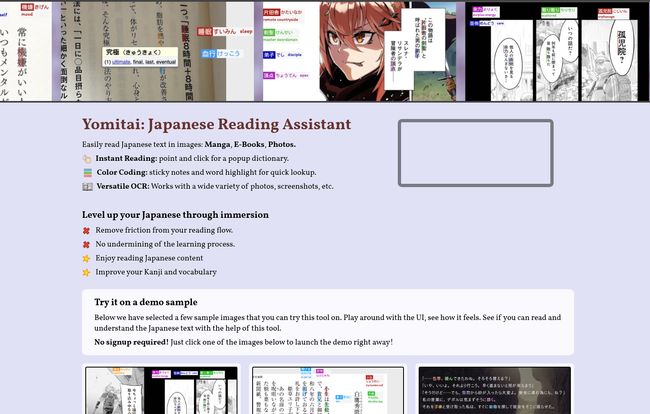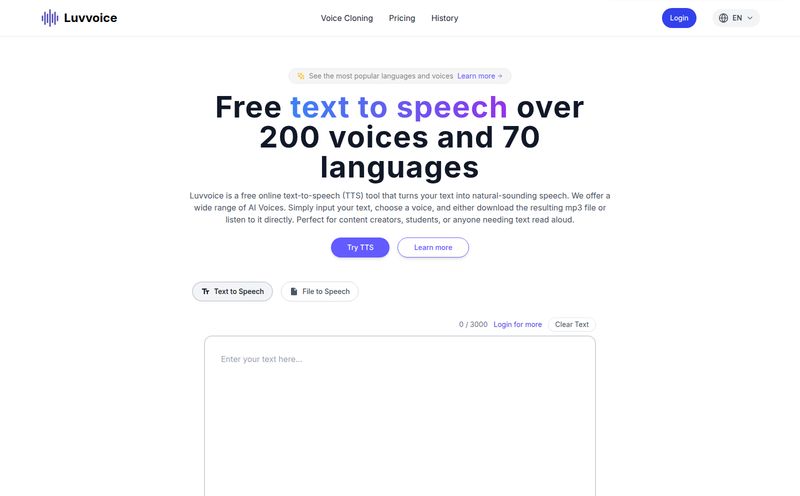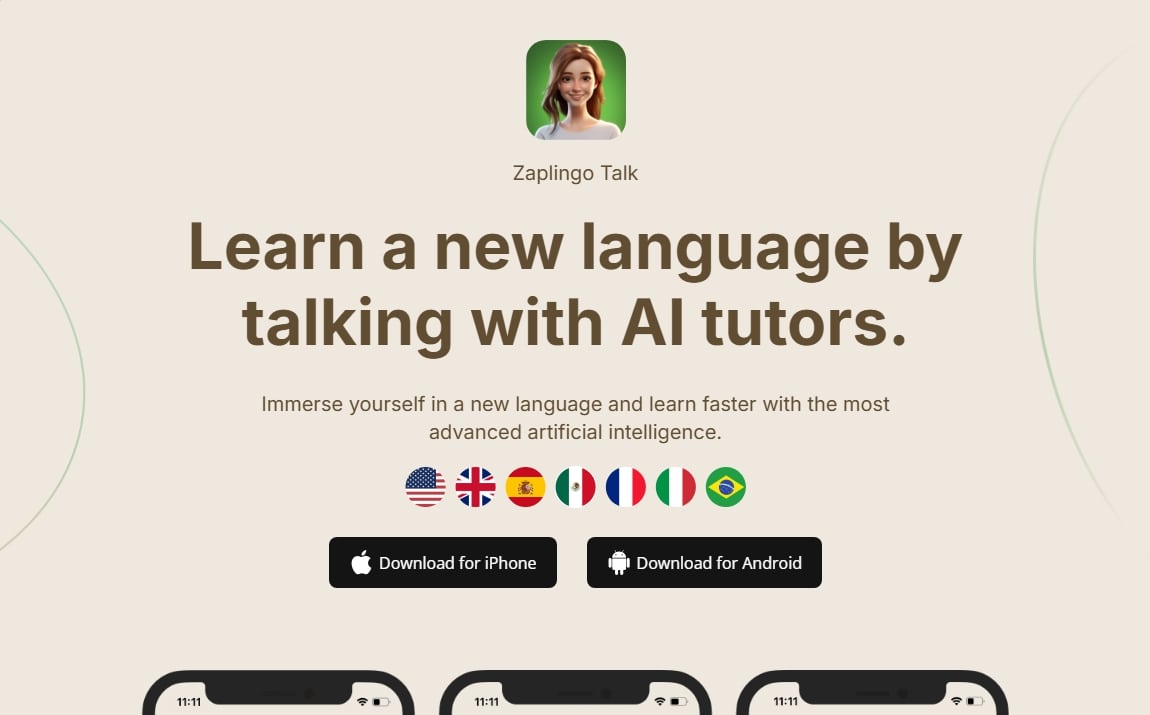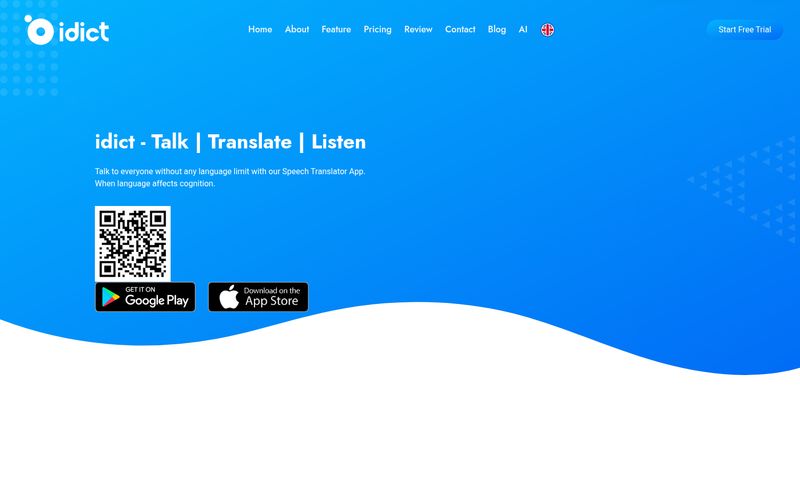If you've ever tried to learn Japanese, you know the moment. You're feeling confident. You’ve been grinding your flashcards, you know your hiragana and katakana like the back of your hand, and you decide it's time. Time to tackle some real Japanese. You pick up a volume of your favorite manga or a light novel you’ve been dying to read.
And then you hit it. The wall. A giant, intimidating wall of kanji. Every other character sends you scrambling for a dictionary app, completely shattering your reading flow and turning what should be fun into a frustrating chore. I’ve been there. We've all been there. For years, I’ve been searching for something to bridge that gap, a tool that helps without holding your hand so tight it hurts. And I think I’ve finally found it. It’s called Yomitai, and it’s refreshingly simple and effective.
So, What Exactly is This Yomitai Thing?
At its heart, Yomitai is a Japanese reading assistant. But that’s a bit of a dry description. Think of it more like a pair of magic glasses for reading Japanese. It’s a web-based tool where you upload an image of Japanese text—a page from a book, a screenshot of a manga panel, whatever you've got. Once the image is loaded, you just point your mouse at any word or kanji you don't recognize. Instantly, a little pop-up appears with the reading (furigana) and the English meaning. No typing, no app switching, no fuss. Its that simple.

Visit Yomitai
It’s designed to do one thing and one thing only: remove the friction from reading. It wants you to stay immersed in the story, not in a dictionary.
Why I'm Genuinely Excited About Yomitai
Look, the internet is flooded with language-learning apps. Some are packed with gamification and daily streaks, others promise fluency in 15 minutes a day. Most of them are just digital noise. Yomitai is different. It’s a focused tool built by someone who clearly understands the actual struggle.
It Obliterates the Kanji Wall of Pain
The instant point-and-click dictionary is the core of Yomitai, and it works beautifully. The Optical Character Recognition (OCR) is surprisingly versatile, handling everything from crisp e-book text to slightly grainy photos of a physical book. This feature alone turns the daunting task of reading a dense page into a manageable, even enjoyable, puzzle. It’s like having a sensei perched on your shoulder, but one that doesn’t judge you for forgetting the kanji for “depressed” (鬱 - a classic!) for the tenth time.
Think of It as Your Digital Stationery Set
This is the part that really hooked me. The developer mentions that when they read physical books, they use colored pens to underline words. Yomitai digitizes this process. You can color-code words you’ve looked up, which is a fantastic way to visually track your learning. Seeing a page start with a sea of highlights and gradually become cleaner on a re-read is incredibly motivating. You can also pin words for quick reference or even add little sticky notes. It’s not a complex system of spaced repetition; it’s just a simple, intuitive way to mark up a text, just like you would with a real book and a set of highlighters.
An Indie Tool That Respects You
Here’s something you don’t see every day: a tool that respects your privacy. All the image processing happens on your device. The pictures you upload of your books and manga stay with you. There are no ads, no trackers, no weird up-sells. It's a tool made with care by an indie developer, and it shows. It’s not trying to be your all-in-one Japanese learning platform. It’s just trying to be the best damn reading assistant it can be, and that focus is so refreshing.
The Story Behind the Tool
You can really feel the personal investment in Yomitai. The creator, Jodi, talks about how they spent years learning Japanese primarily through reading native content. They understood that immersion is powerful but that the constant interruption of looking things up is the biggest barrier to entry. Browser plug-ins help, but they don't work on images or physical books. Yomitai was born from that very specific, very real need. It’s a tool built to scratch the developer’s own itch, and those are often the best kinds of tools, aren't they?
The Big Question: What's the Damage?
Okay, let's talk money. Yomitai is a paid product, and I'm honestly glad it is. After a free trial to make sure it works for you, it’s a one-time payment for a lifetime license. Let me repeat that: a single, one-time payment. In a world completely saturated with monthly and yearly subscriptions, this feels like a gasp of fresh air. No recurring charges, no feeling like you're just renting your software. You buy it, you own it. For a dedicated learner, the value proposition here is off the charts. You pay once and have a reliable reading companion for your entire Japanese learning experience.
Let's Be Real: The Not-So-Perfect Parts
No tool is perfect for everyone. The main thing to know is that Yomitai is image-based. You can't just paste in text from a website or have it read a live webpage. You have to take a picture or a screenshot first. For me, that's a tiny extra step that is well worth the benefit, especially since I mostly want to read manga and physical books anyway. But if you do 100% of your reading on websites, this might not be the tool for you. And yes, it’s not free. But as I said, the lifetime license model feels more than fair to me.
Who Should Grab Yomitai Immediately?
I’d say Yomitai is perfect for the upper-beginner to intermediate learner. You've got the basics down, and you’re ready to dive into native materials, but you're still getting tripped up by kanji and vocabulary. If you want to read manga, light novels, or even Japanese video games (via screenshots), this tool will be an absolute game-changer for you. It lowers the activation energy required to start reading and helps you stay in the zone. If you're an absolute beginner who doesn't know hiragana yet, you might want to wait. If you're an advanced reader who rarely needs a dictionary, you've already won the game!
Frequently Asked Questions About Yomitai
- Is Yomitai a full language course?
- No, and that's a good thing! It's not a course, it's a reading tool. It’s designed to assist your reading practice, not replace your primary learning method like textbooks or SRS apps.
- Does it work on my phone?
- Yomitai is a web-based tool, so it should work in any modern browser on a desktop or tablet. Using it on a phone might be a bit cramped, but taking a picture on your phone and then opening it on a laptop or tablet is a great workflow.
- What about privacy? Does it upload my books?
- According to the developer, all image processing is done locally on your device. Your images are not uploaded to their servers, which is a fantastic commitment to user privacy.
- Is the one-time payment really for a lifetime?
- Yes, that's one of its biggest selling points. You pay once and get a lifetime license to use the tool. No subscriptions!
- Can it read handwritten Japanese?
- The tool is based on OCR, which works best with printed text. While it might pick up some very neat handwriting, it's primarily designed for manga, books, and other digital or printed media.
My Final Thoughts
I see a lot of tools in the SEO and digital space. Most are forgettable. Yomitai stands out. It's an honest, focused, and beautifully simple solution to a very common and frustrating problem for Japanese learners. It removes the single biggest point of friction in reading native material and helps you do more of what you need to do to get fluent: read. By helping you maintain your flow, it turns a potential chore back into a joy. And for a one-time fee, that’s an incredible investment in your learning.
Reference and Sources
- The official Yomitai website was the primary source for features, pricing, and the developer's background story. All screenshots and product information were sourced directly from their page.



